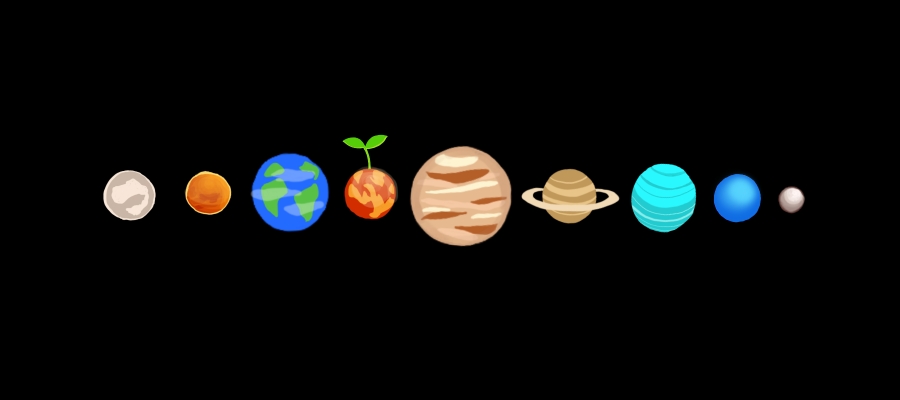This is part two of our space food story! As a recap, in part one we had the first bit of the Chris Hadfield interview, and we spoke to the author of "The Martian", Andy Weir, who described how his character, Mark Watney, managed to grow potatoes on Mars.
Don’t you want to know whether or not the potato-growing on Mars in "The Martian" could actually be done? Well, we wanted to know, so for part two we found the perfect researcher to answer our questions about growing food on Mars - Dr. Preston. She is an astrobiologist and a planetary geologist extraordinaire. Dr. Preston’s work is crucial to the future of space cultivation. And for those that imagine a future of humans living on Mars, her research is a step towards making that feasible.
Dr. Preston explained to us that potatoes are a great choice when it comes to growing food in space. For the amount of space that it takes to grow potatoes, they produce a lot of calories. Also, they're a tough crop. In fact, both the potato growing and the water creating techniques in the sci-fi book and blockbuster check out nicely. But what about growing crops other than potatoes on Mars? And how would we grow these crops in a more ideal situation than the one in the book where the main character is working with odds and ends?
Here are some of the main differences in gardening on Mars vs Earth. On Mars, you need to find a way to get water in liquid form. You also need to deal with low atmospheric pressure, so you'll need a special greenhouse. This greenhouse will need to provide UV protection, as well as temperature control to keep the water in liquid form. So basically you could grow just about any plant on Mars...as long as you’re able to build a special greenhouse there.
Surprisingly, gravity is not too much of a concern. There have been plants that have been grown on the International Space Station in zero gravity that have had no problems. Dr. Preston noted an experiment done with cress - the researchers had thought that the roots wouldn’t know where to grow, but the roots just grew in the direction of nutrients.
"Theoretically anything can grow on Mars if we supply it with the nutrients and water it needs."
- Dr. Louisa Preston
Experiments can be done on Earth to learn about growing food on Mars. Astrobiologists can use Hawaiian volcanic soil to simulate Mars soil, and then blast them with harmful levels of UV radiation, and test them in extreme temperatures.
That’s a lot of useful information for space travel hopefuls, like Mars One participant, Chris Patil. Mars One participants aim to travel to Mars and stay there to pioneer the planet. According to Chris, the Mars One participants would set up a greenhouse as a first priority, but they'd still need supplies to be sent from Earth. He noted that getting Earth supplies would be costly, given that it costs ~$10,000 to send a pound of food to the Space Station.
To hear more from each of our interviewees, listen to the episode! Since this story was so heavy on quotes, it's a good one for listening to.
Special Thanks to Our Interviewees:
Chris Hadfield
Louisa Preston
Chris Patil

